In this series we are exploring the weird and wonderful world of astronomy jargon! You’ll feel a little cooler after reading about today’s topic: sunspots!
Continue reading “Astronomy Jargon 101: Sunspots”Astronomy Jargon 101: Galaxy Clusters

In this series we are exploring the weird and wonderful world of astronomy jargon! You’ll be the biggest thing in town after today’s topic: galaxy clusters!
Continue reading “Astronomy Jargon 101: Galaxy Clusters”Astronomy Jargon 101: Big Bang Theory
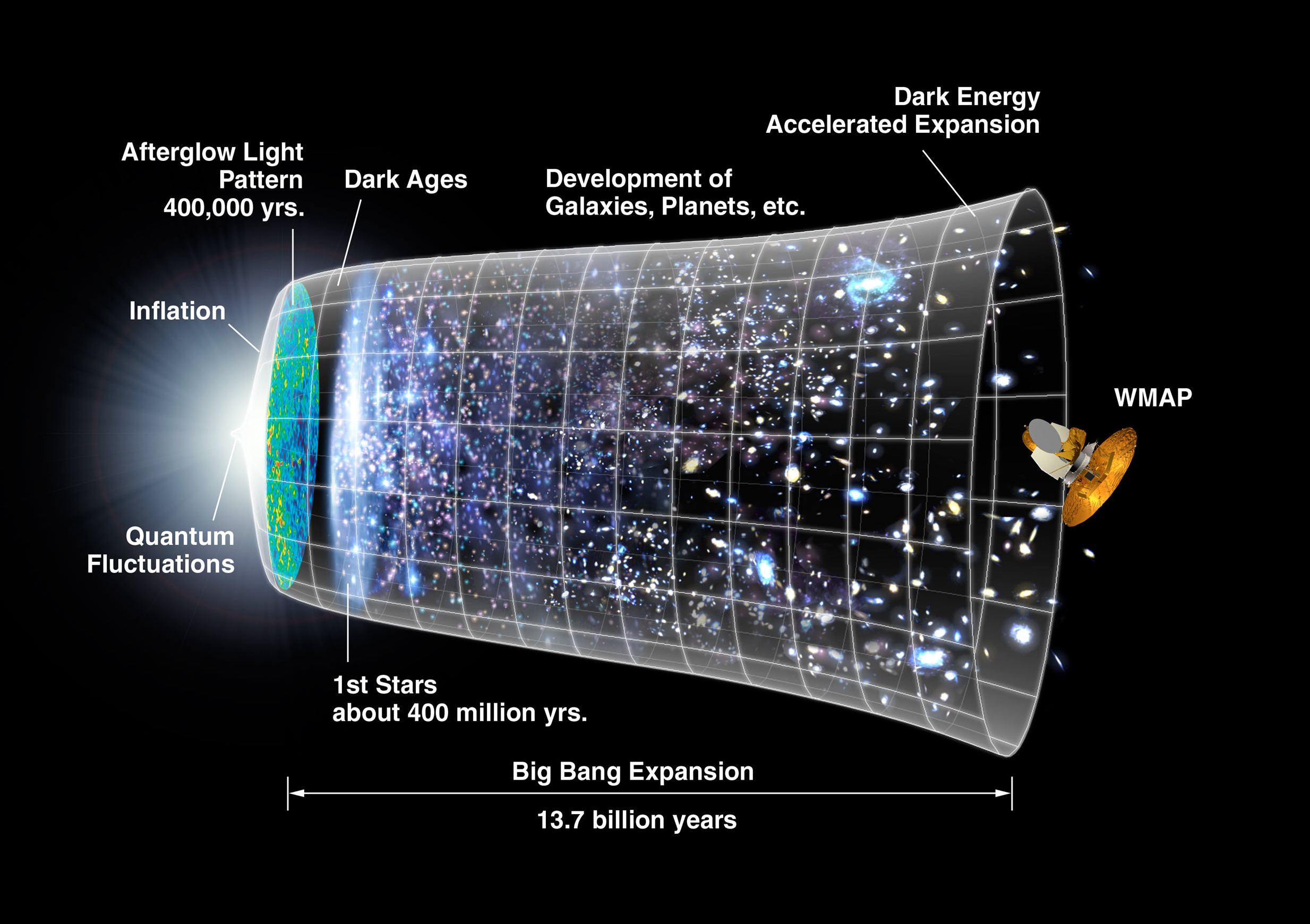
In this series we are exploring the weird and wonderful world of astronomy jargon! You’ll be off to a good start with today’s topic: the big bang theory!
Continue reading “Astronomy Jargon 101: Big Bang Theory”Astronomy Jargon 101: Zodiacal Light
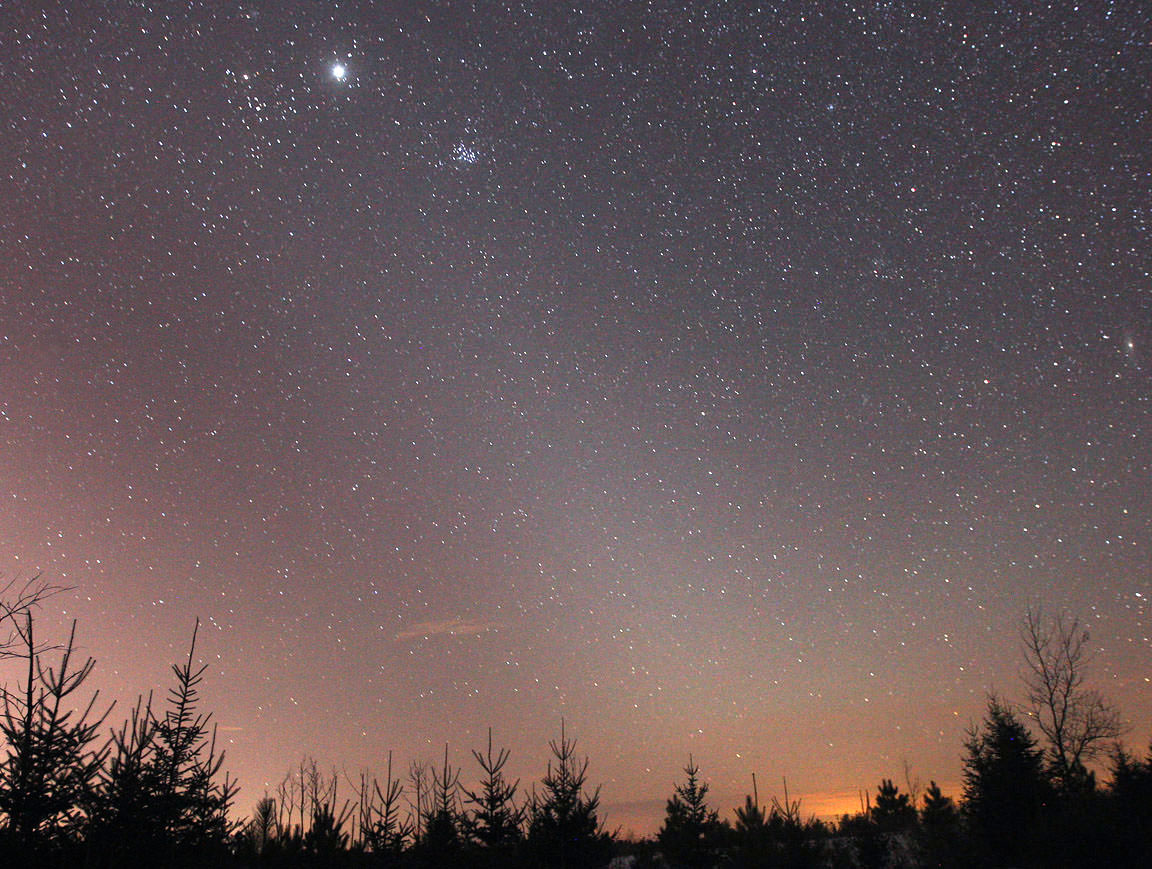
In this series we are exploring the weird and wonderful world of astronomy jargon! You’ll see a glimmer of light with today’s topic: Zodiacal Light!
Continue reading “Astronomy Jargon 101: Zodiacal Light”Astronomy Jargon 101: White Dwarf
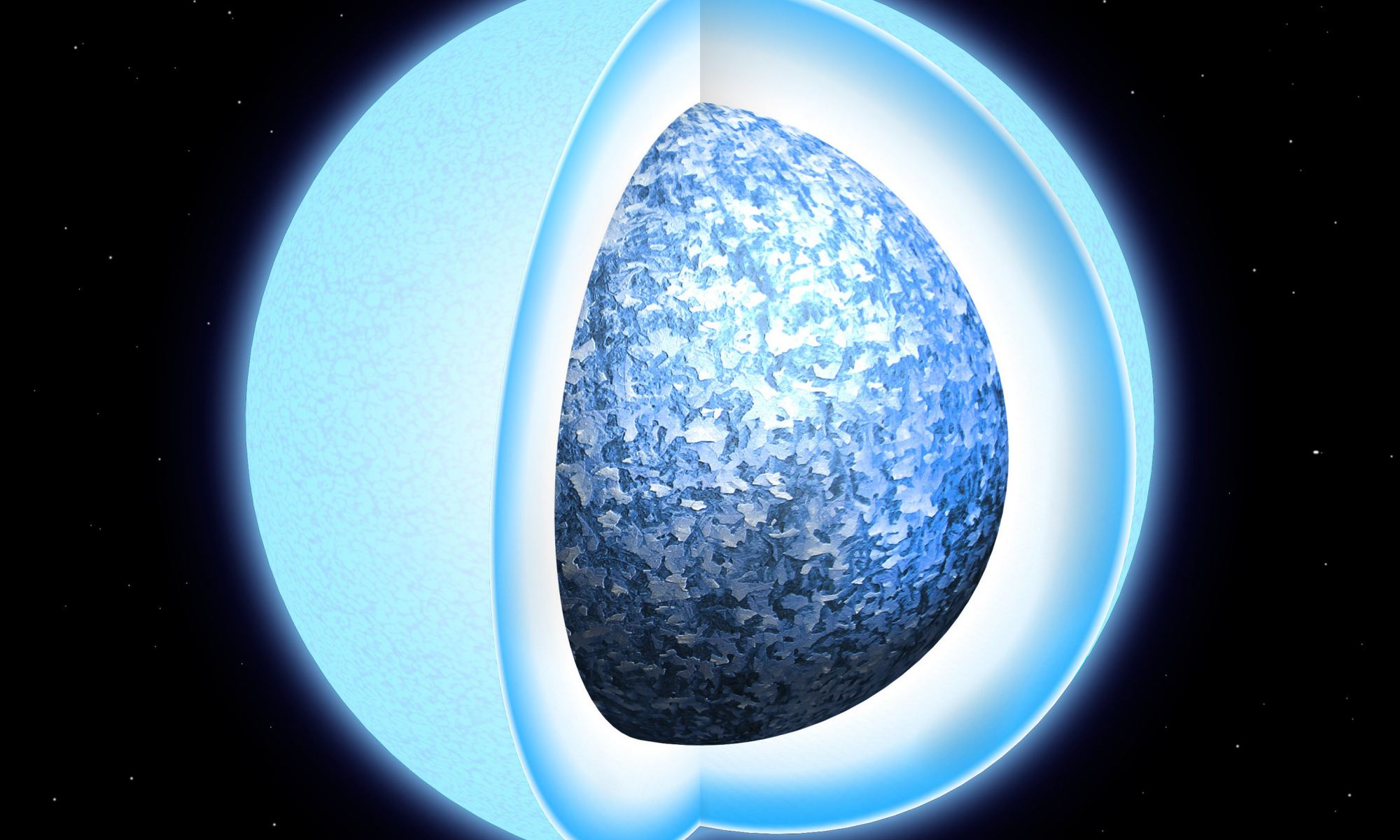
In this series we are exploring the weird and wonderful world of astronomy jargon! You’ll feel small but mighty with today’s topic: white dwarf!
Continue reading “Astronomy Jargon 101: White Dwarf”Astronomy Jargon 101: Van Allen Belts
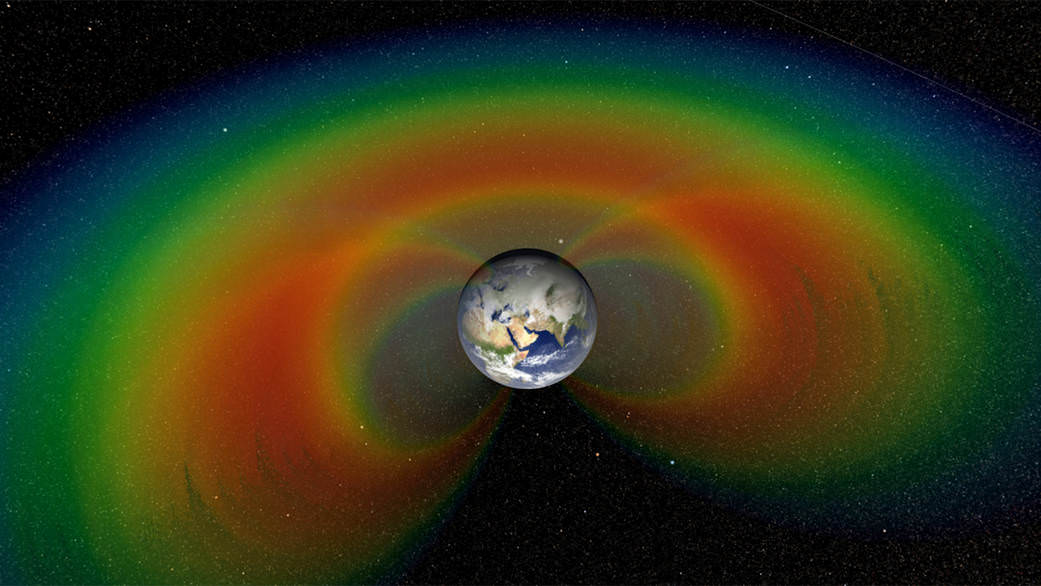
In this series we are exploring the weird and wonderful world of astronomy jargon! You’ll have to carefully navigate around today’s topic: the Van Allen Belts!
Continue reading “Astronomy Jargon 101: Van Allen Belts”Astronomy Jargon 101: Trans-Neptunian Objects
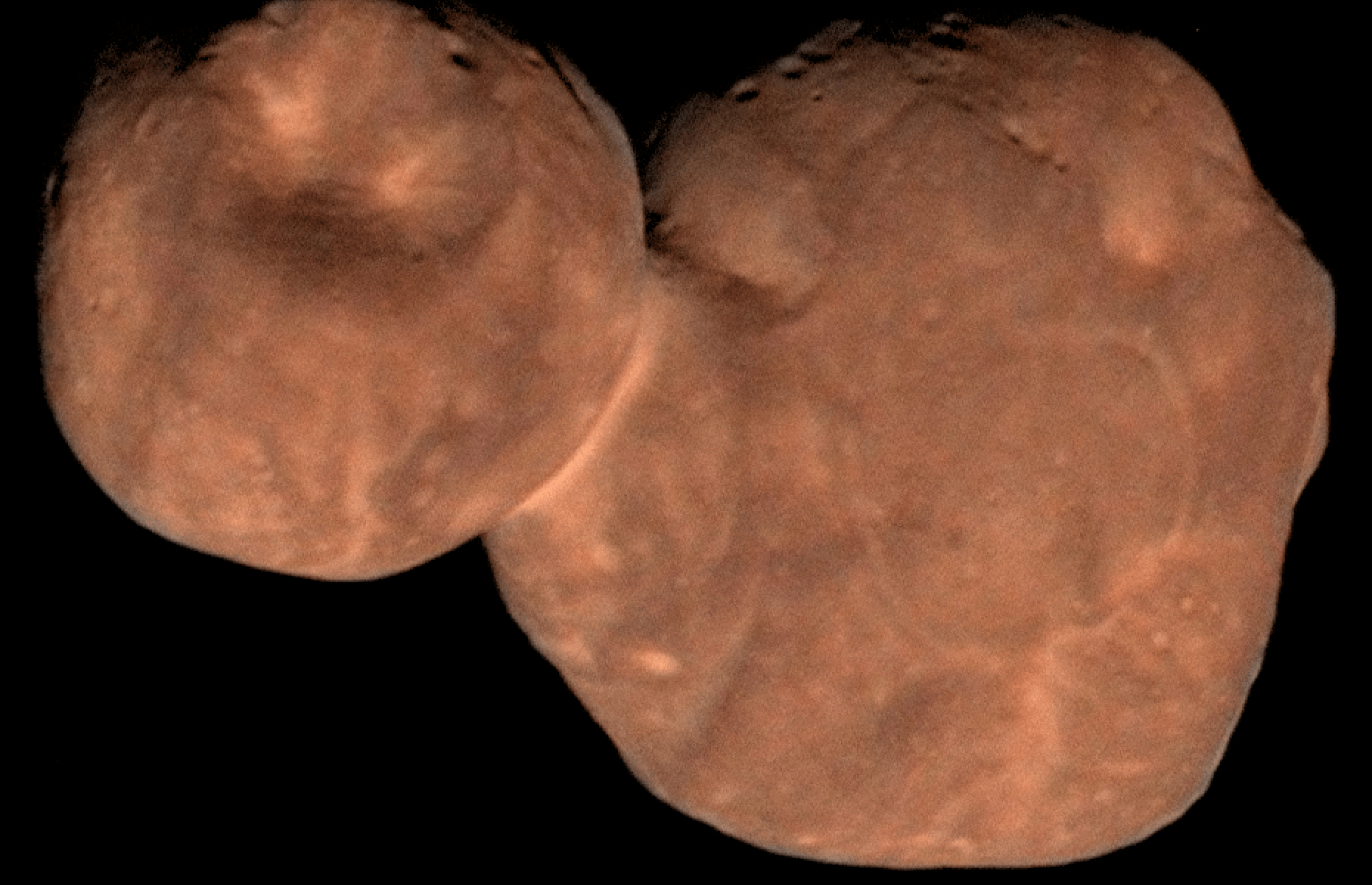
In this series we are exploring the weird and wonderful world of astronomy jargon! You’ll be far from home in today’s topic: trans-Neptunian objects!
Continue reading “Astronomy Jargon 101: Trans-Neptunian Objects”Astronomy Jargon 101: Tidal Heating
In this series we are exploring the weird and wonderful world of astronomy jargon! You’ll feel the heat from today’s topic: tidal heating!
Continue reading “Astronomy Jargon 101: Tidal Heating”Astronomy Jargon 101: Umbra

In this series we are exploring the weird and wonderful world of astronomy jargon! You’ll be cool in the shade of today’s topic: umbra!
Continue reading “Astronomy Jargon 101: Umbra”Astronomy Jargon 101: Local Group
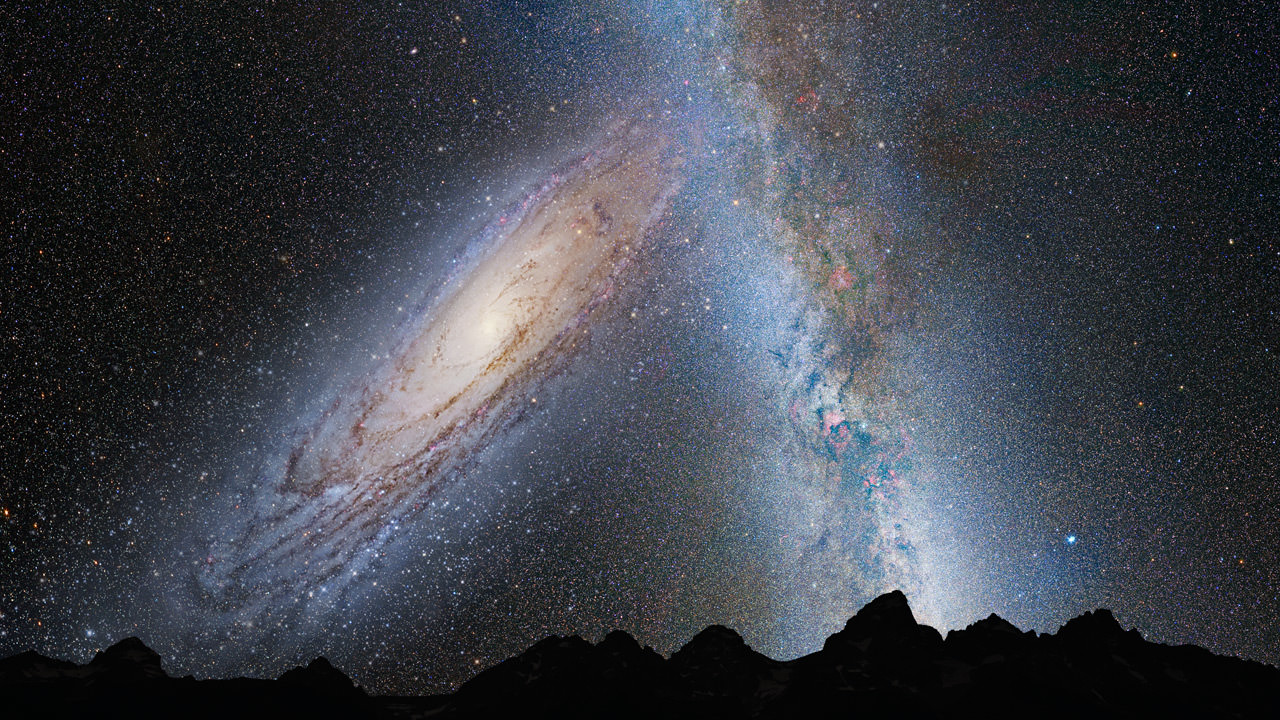
In this series we are exploring the weird and wonderful world of astronomy jargon! Get your friends together to talk about today’s topic: the Local Group!
Continue reading “Astronomy Jargon 101: Local Group”

